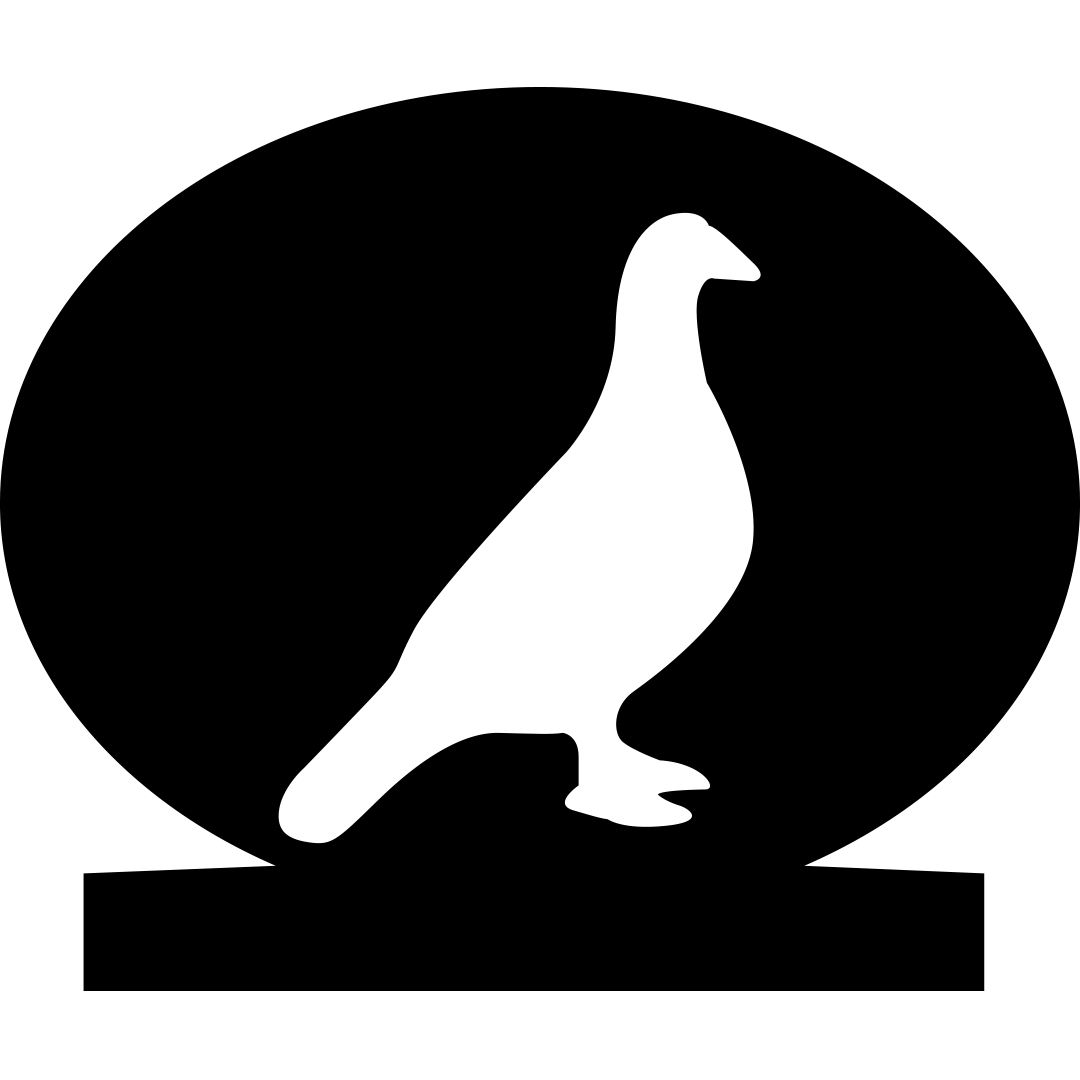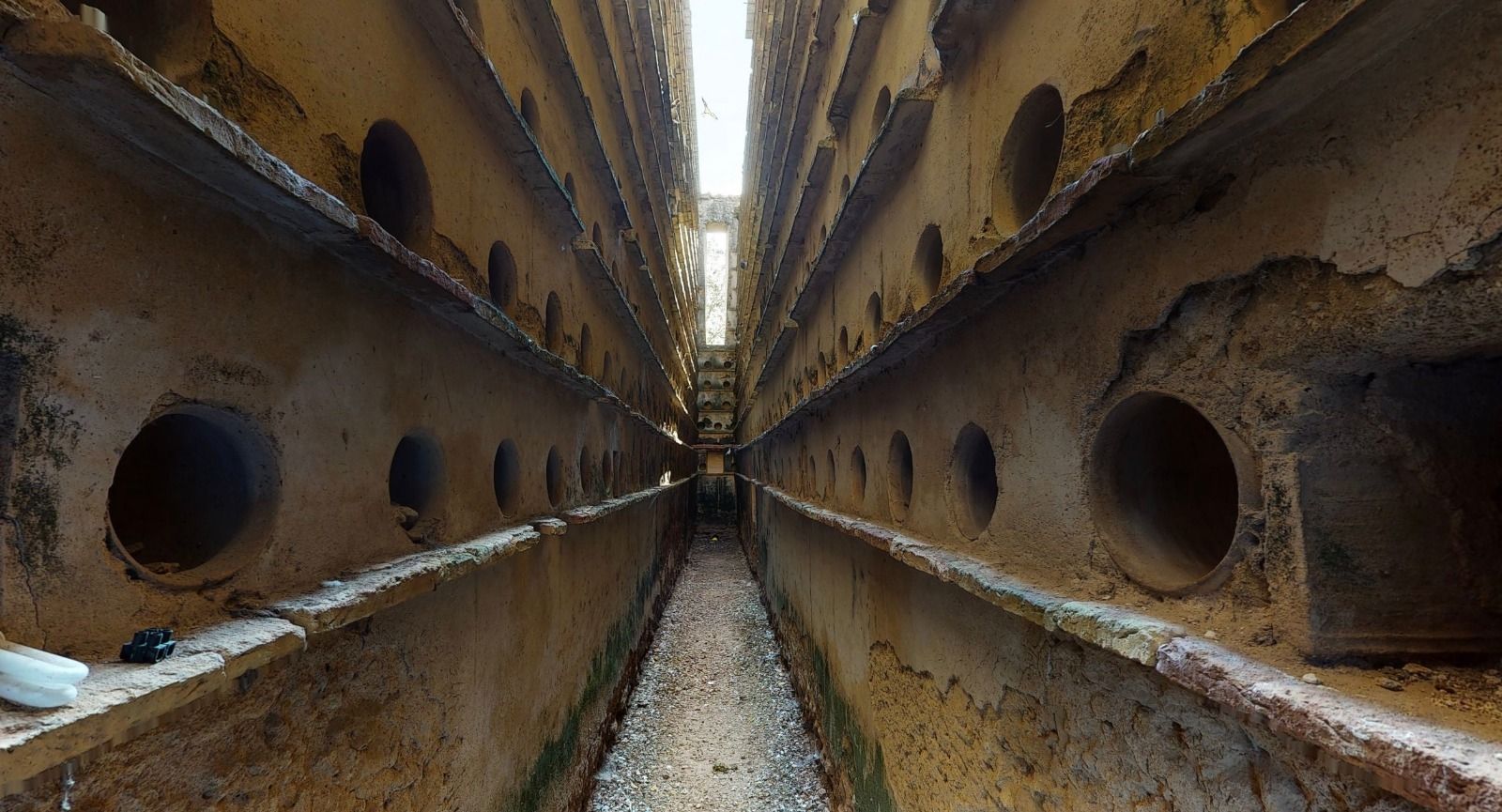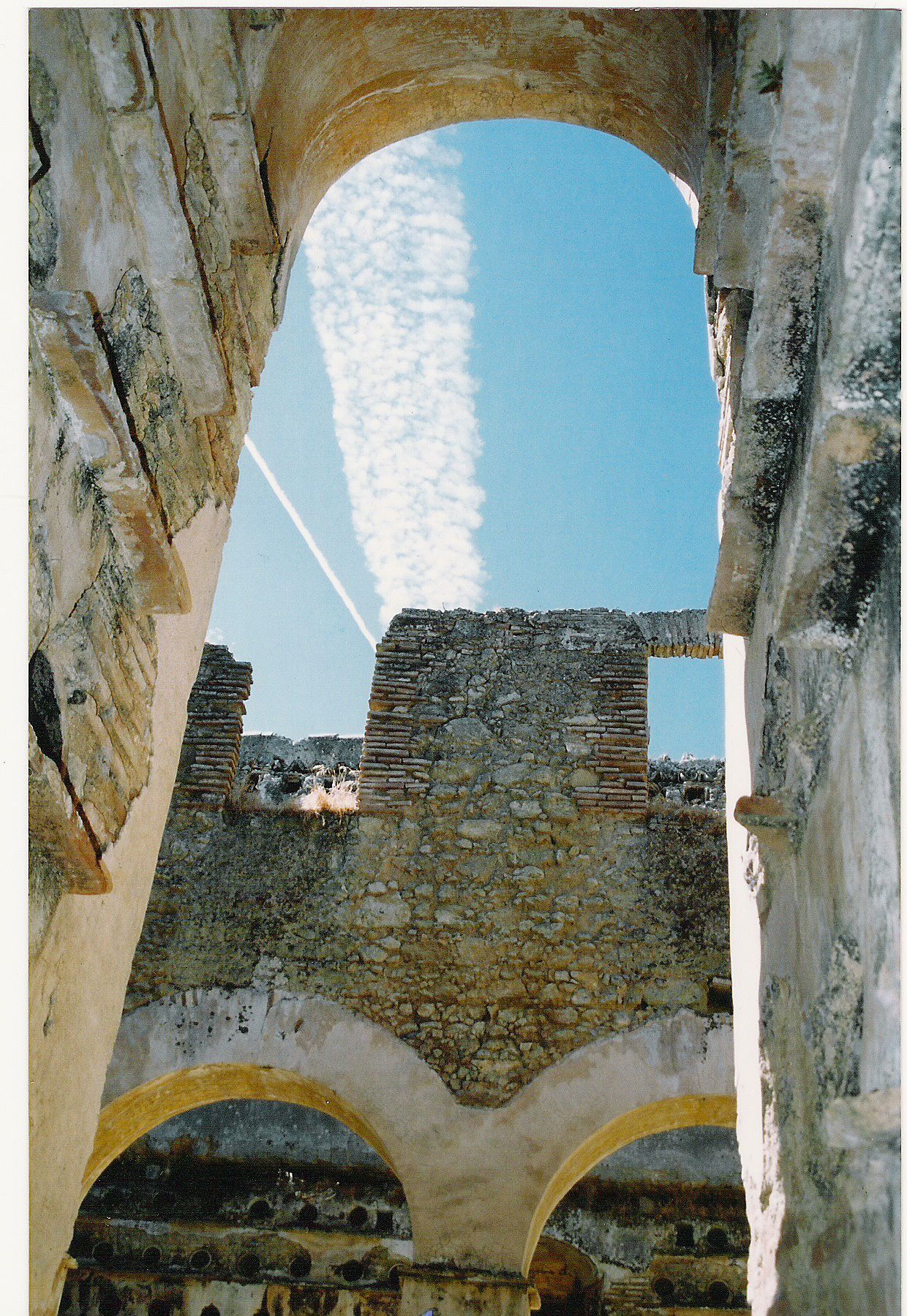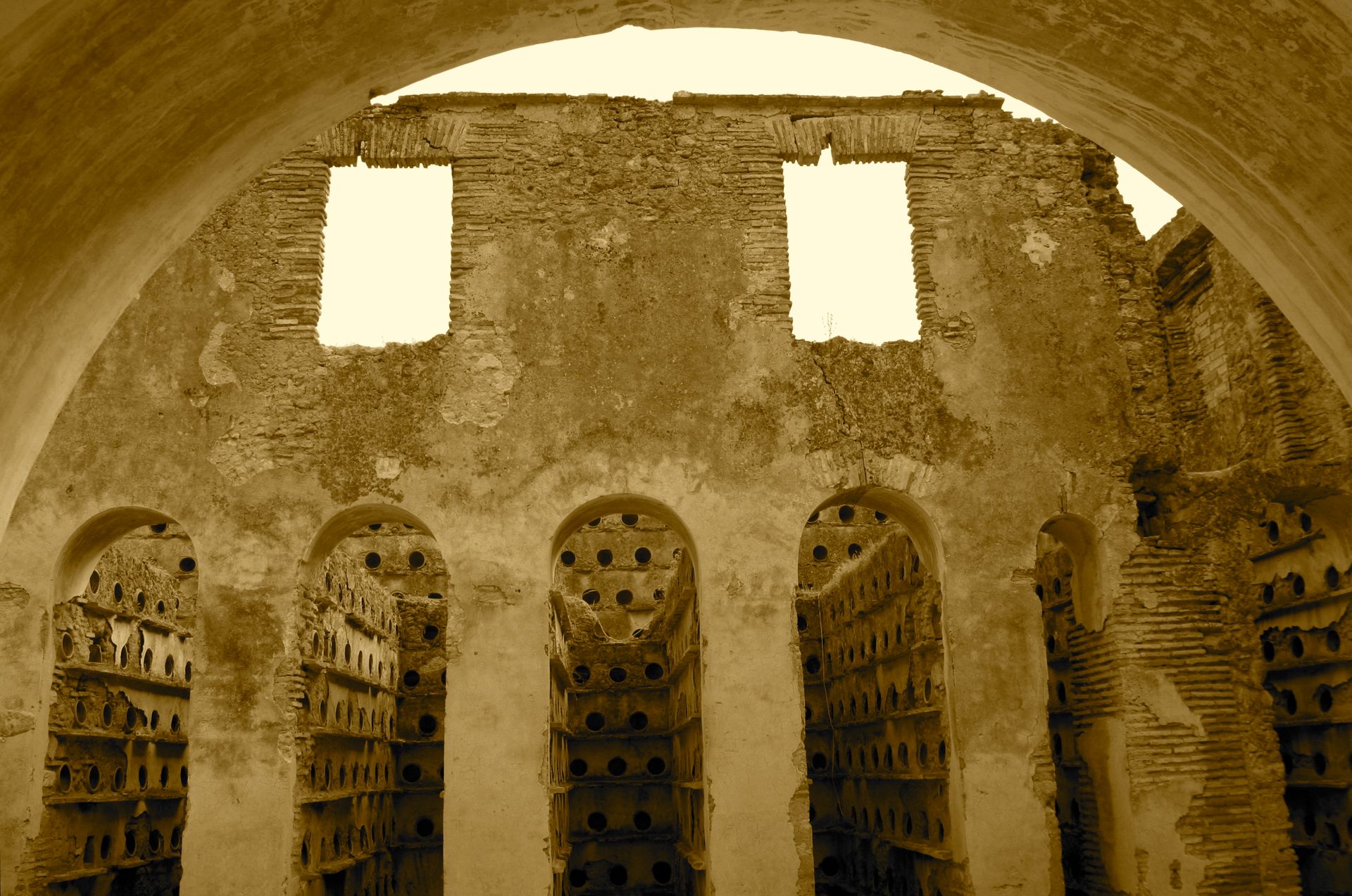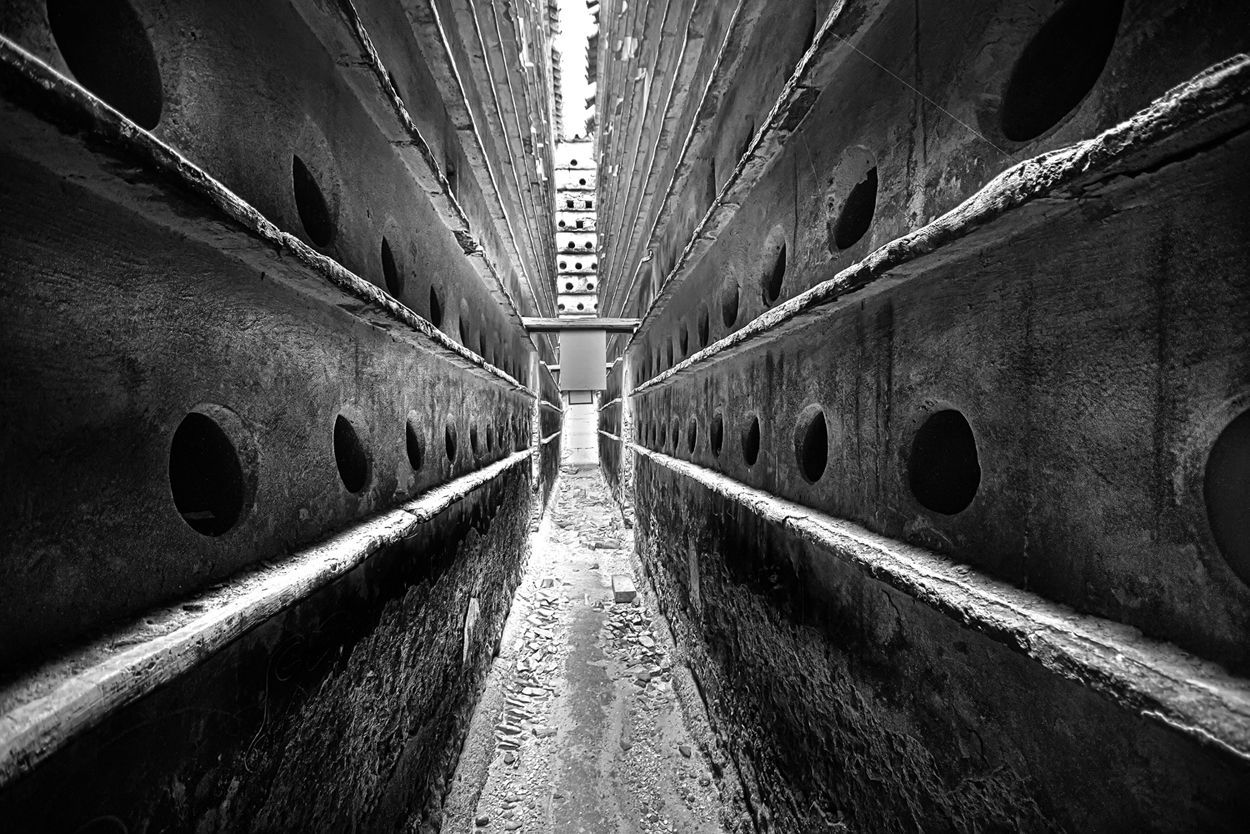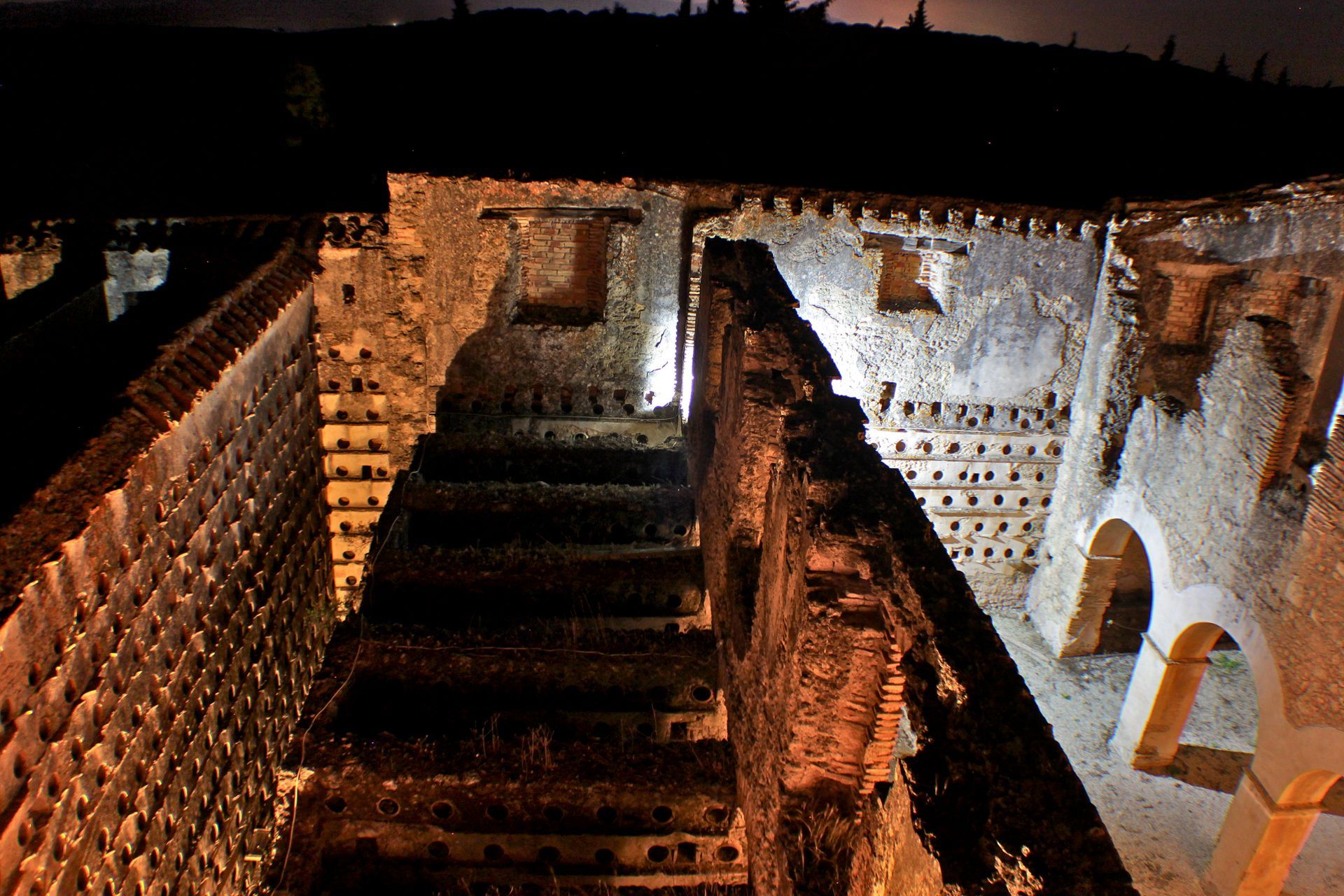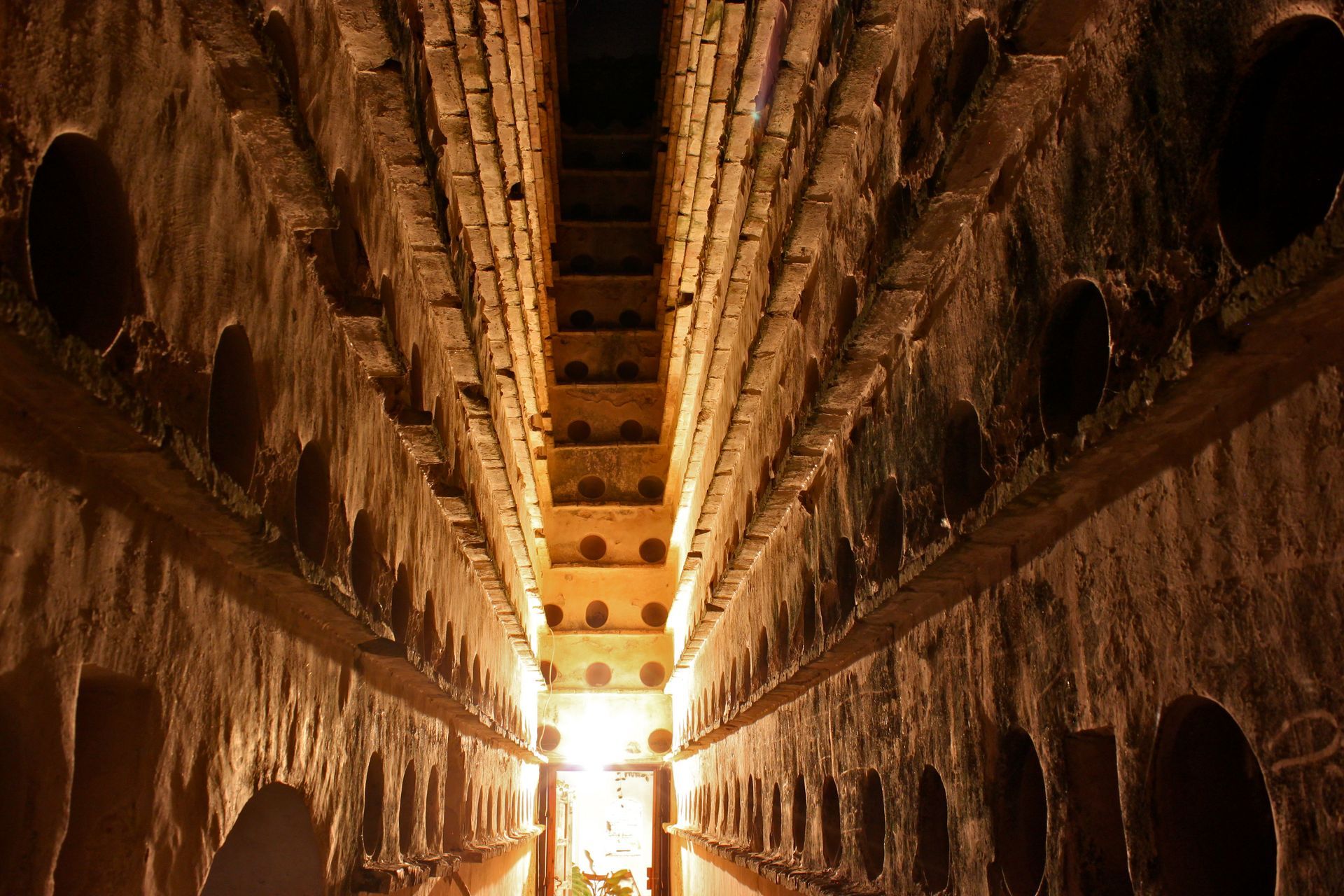XVIII C. DOVeCOAT
The Breña dovecote has 7770 nests and a total area of almost 400 m2. These statistics make it the biggest dovecote in the world, according to the Guiness Book of Records. Curiously if the doves always use the same nests and do not mistake one for another, they still only use two thirds of the nests in the dovecote. This allows us to calculate the population of approximately 5000 couples, which represents 10,000 adult doves. To these adults you have to add the youngsters. The doves are known for their great capacity of reproduction; each couple can have one of two offspring every three weeks. Because of this, each month the Breña dovecote could have had 15,000 doves in total (10,000 adults and 5000 youngsters).
With such a concentration of doves, the primary product removed was the guano or “palomina”, which was considered at the time as the best organic fertilizer. As a result of such a large amount, it had to be reduced with water or manure from other animals so that it didn’t burn the breeding doves. Thanks to other well documented dovecotes we can estimate that the production of guano at el Palomar de la Breña was between 10 to 15 tons of fertilizer every year. In the times of full activity of this dovecote there was no knowledge of chemical fertilizers, and so because of this, one can characterise it as a “pre-industrial” scheme of the production of fertilizer.
The secondary product that was removed was meat. With one or two youngsters every three weeks, this would have given a production of 80,000 to 100,000 doves each year! Like in many places, the ownership of a dovecote was reserved for the aristocracy, nobility or the church, the consumption of the dove meat being the mark of social distinction. Production would not have been solely reserved for this reason which is demonstrated by referring to historical records of the possible commercial outlets of the era, such as the port of Cadiz.
To date we have various examples of dovecotes of large dimensions situated very close to the coasts, that belonged to ship owners. These dovecotes would have served naval expeditions with fresh meat. As there was no electricity or fridges on the ships, the only way to provide fresh meat was to carry the doves alive in cages. Unquestionably it was in the 18th century when the majority of boats left Cadiz for the far away lands of America.
Another product extracted from a dovecote and of great interest to the Armada fleet, was saltpeter. Even though at this moment there is no definite proof that this product was used from this particular dovecote, it is known that the best saltpeter for gunpowder used in armaments and cannons, comes in a natural form of small crystals from humid sites where there are organic residues and especially within walls made with lime mortar. The saltpeter is the most delicate ingredient to obtain of the gunpowder mix (gunpowder = sulphur, vegetable carbon and saltpeter), and fuels the many legends of the alchemists...
Another piece of information gleaned from the amount of nests in the dovecote is the surface area of the estate. One can calculate half a hectare per pair of birds, from which the land available for 5000 pairs equals 2500 hectares. Although these lands were the property of the estate, the presence of pirates on the coast meant that they remained as uncultivated scrub land. In spite of this the doves received royal protection, thanks to a Royal Letters Patent. It can also be calculated that 10 people worked in the dovecote.
With the advent of modern fertilisers, refrigeration and explosives, the economic importance of breeding doves as was known in the 18th century is no longer relevant. Hence why the domestic doves no longer make nests as they are not bred in this dovecote. Three pairs of Common Kestrel, as well as Little Owl and Barn Owl now occupy the dovecote ensuring that doves avoid nesting there.
